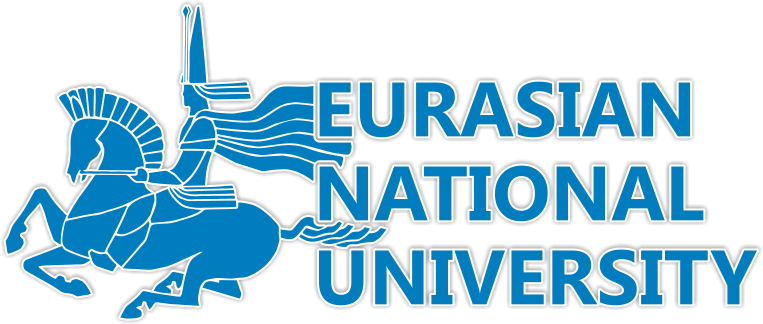| Year | Project Name | Manager | Purpose | Objectives | Results |
| 2021 | Synthesis of biodegradable agrogel based on chitosan with the addition of mineral fertilizers | Iskakova Zh.B. | to develop and synthesize new hydrogels with specified parameters for the agrotechnical complex | - carrying out an analytical review of the literature data on the synthesis of chitosan from the chitin of insects and fungi; - isolation, purification and identification of chitosan from raw materials; - synthesis of chitosan from chitin of insects and fungi; - synthesis of biodegradable hydrogels based on chitosan with specified parameters for the degree of swelling in water, controlled release of mineral fertilizers; - study of physical and chemical properties of isolated and synthesized products by spectral methods; - prediction of isolated substances for biological activity using the PASS computer program; - publication of the results obtained in peer-reviewed journals; - preparation of reports. |
As a result of the work, a new agrotechnical material will be obtained that will reduce the consumption of water and fertilizers in crop production, improve the quality of the soil without the risk of environmental pollution. This material will be used in agriculture to improve soil quality and intensify crop production. As a result of the use of agropolymers with a complex of mineral fertilizers, the indicators of agriculture will improve, i.e. the yield will increase and the level of mineralization of soil and products will decrease, which accordingly determines a wide range of applications and consumers – peasant and forestry, landscape design, ecological restoration of land, etc. |
| 2018-2020 | AP05130496 Assessment of atmospheric precipitation of heavy metals and radionuclides in some regions of the Republic of Kazakhstan based on the analysis of moss biomonitors | Omarova N.M. | to determine the degree of contamination with toxic elements using bioindicators. | - Carry out sampling in the study area and further sample preparation, according to the international methodology; - Comprehensively study mosses (the elemental composition of mosses, reflecting the state of the air) and analyze the distribution of elements in the study areas; - Obtain experimental data characterizing the atmospheric fallout of pollutant elements on the territory of Kazakhstan; - Processing of the obtained data using statistical and graphical methods; - Compare the results of analyzes obtained by methods of neutron activation analysis (NAA) and atomic emission spectrometry with inductively coupled plasma (NPP with ICP); - Compare the level of pollution of the territory with the results of work from other countries; - Build pollution distribution maps using GIS technologies; - Based on the statistical analysis of the data obtained, using the created maps of the distribution of elements, to assess the potential sources of pollutants entering the environment; - Transfer of received data to the UN Air Commission of Eurasia; - Conduct an economic calculation of the effectiveness of the developed biomonitoring technology. |
The method of moss biomonitors in combination with neutron activation analysis was used to determine the level of heavy metals in the territory of the Karaganda region. All experiments were carried out at the PFR-2 reactor using the REGATA pneumatic transport unit, based on instrumental neutron activation analysis (INAA) at the Neutron Physics laboratory of the joint Institute for Nuclear Research. The final stage of the work is the mapping of the studied territory based on the data obtained using GIS technologies. |
| 2018-2020 | Baisalova G.Zh. | ||||
| 2018-2020 | Dzhakupova Zh.E. |
